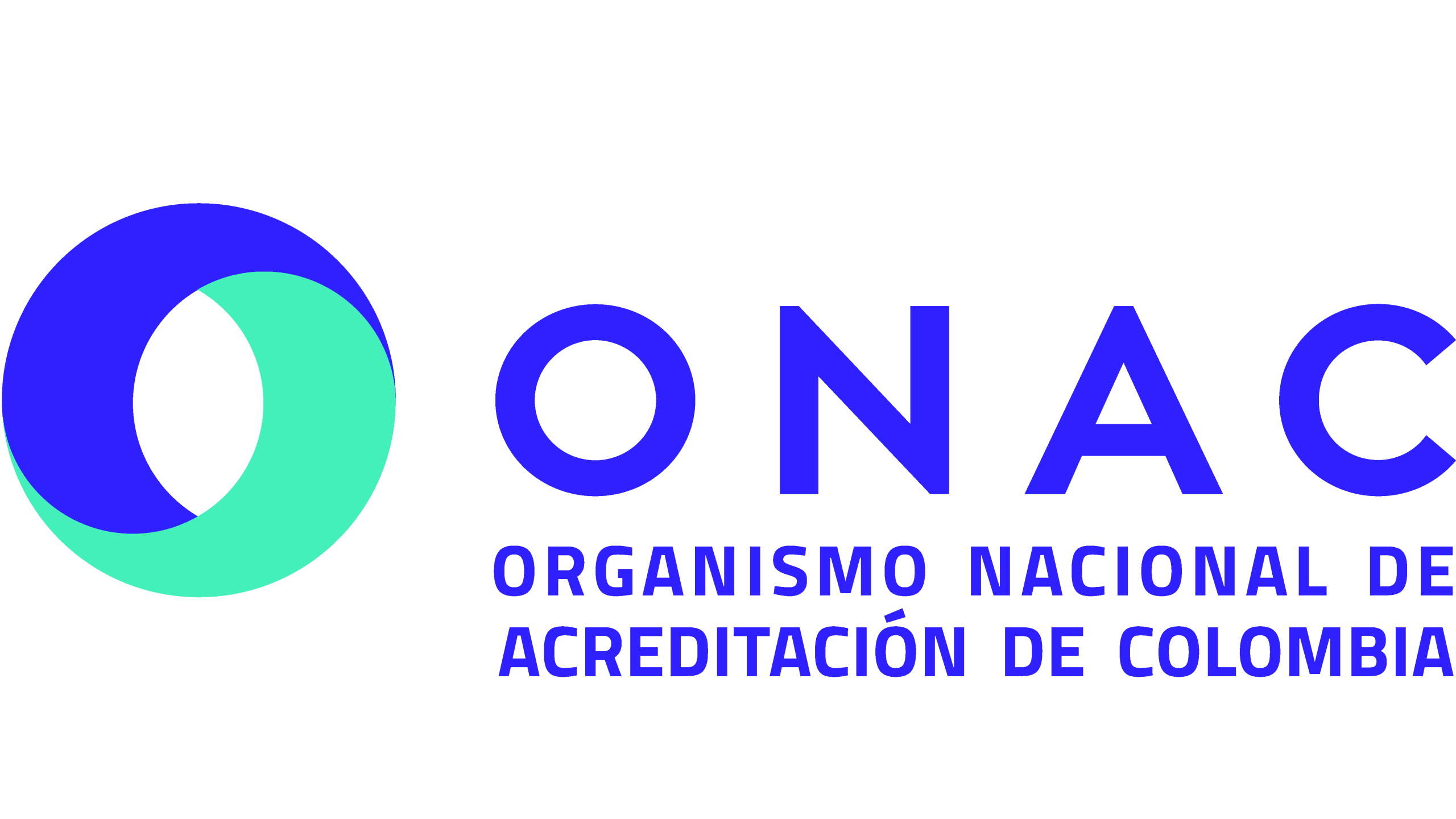The Challenge and Promise of QI Interoperabilit
The digital transformation (DT) is revolutionizing the very foundations of quality infrastructure (QI), ushering in a new era of data-driven trust.
In recent years, organizations across standardization, metrology, accreditation, and conformity assessment have advanced a remarkable digitization agenda, from machine-readable standards and digital calibration certificates to remote auditing and eAttestation. These innovations aim to boost efficiency, transparency, and trust—but achieving seamless interoperability across all components of QI, both within and beyond national quality systems, remains a significant challenge.[1]
Germany’s QI Digital initiative offers a leading example of cross-institutional, interoperable digital QI. It brings together public and private actors to develop machine-readable, interoperable standards, digital certificates, and seamless data-sharing through secure ecosystems such as Quality-X and the European Metrology Cloud. The initiative prioritizes not only technical interfaces but also transparency, data security, and legal frameworks—setting best-practice standards for other countries and global collaborations.[2]
However, true interoperability must connect QI not only internally, but also with the digital systems of companies, consumers, and regulators worldwide. Efforts like Quality-X point the way, using decentralized identifiers and verifiable credentials to enable secure, standardized exchange between varied stakeholders.[3] These advances are relevant on the international stage, as digital trade and regulation demand global harmonization and trust.
To maximize its value for sustainable development, QI should be guided by the FAIR principles—Findable, Accessible, Interoperable, and Reusable. Applying these principles to standards, metrology data, conformity assessment results, and digital certification tools ensures that information produced within QI systems can be easily located, openly accessed where appropriate, seamlessly combined with other datasets, and effectively reused by diverse stakeholders. Embedding FAIR principles into QI ecosystems not only reduces inefficiencies and duplication of effort but also promotes trust, transparency, and innovation—making quality infrastructure more inclusive and resilient for the challenges of the digital and circular economy.[4]
Barcodes and Their Link to the Quality Infrastructure
Ultimately, QI aims to ensure the safety and quality of products and services. In this respect, we ask to what extent digital QI is already interoperable with product digitisation. Here, the barcodes are key.
Tim Harford named the barcode one of the fifty things that made the modern economy.[5] The concept of a machine-readable code emerged in the 1940s. It gained widespread adoption in the early 1970s with the introduction of lasers, supermarket checkouts, and their integration into merchandise management systems. This is based on the standardised unified product code (UPC) for inventory management, and the globally unique identification (UID) numbers for various items, including transport units, facilitating communication between sellers and buyers along the supply chain.
Today, over 10 billion barcodes are scanned worldwide, supporting retail, supply chain, healthcare and logistics operations on a massive scale. For comparison, Google Search processes between 14 and 16.4 billion daily queries, meaning that barcode scans are nearly equivalent in global volume to Google searches, sometimes approaching or surpassing them depending on the estimate.[6]
At the heart of global supply chains are GS1 barcodes—the most widely used standardized system for unique product identification. GS1 standards and barcodes are designed for reliability, accuracy, and compatibility with information systems worldwide, supporting efficient product tracking, automation, and data sharing across industries. High-quality barcode implementation and verification are essential not only to prevent supply chain friction but also to uphold the credibility of product-related data. Increasingly, GS1 is also aligning its standards with emerging requirements for data interoperability, security, and regulatory compliance.[7]
GS1 maintains a formal, collaborative, and deeply integrated relationship with both ISO (International Organization for Standardization) and IEC (International Electrotechnical Commission). Many GS1 standards are officially adopted as ISO/IEC standards, and GS1 actively participates in ISO and IEC technical committees and working groups.
Examples for GS1 alignment to ISO and IEC standards are the following:[8]
- Adopted and Referenced Standards: Key GS1 identifiers—such as GTIN (Global Trade Item Number), GLN (Global Location Number), and SSCC (Serial Shipping Container Code)—are specified in ISO/IEC standards, including ISO/IEC 15459 and ISO/IEC 6523.
- Compliant Data Carriers: GS1 barcode symbologies (EAN-13, GS1-128, GS1 DataMatrix, etc.) comply with international symbology standards from ISO, EN, and DIN.
- RFID and EDI Standards: GS1 collaborates in the development of standards for technologies like RFID (e.g., ISO/IEC 18000 series) and electronic data interchange (e.g., ISO 9735).
- GS1 as a Secretariat and Liaison: GS1 serves as secretariat for ISO committees related to automatic identification and data capture (AIDC) and has liaison status within other key ISO groups, particularly in regulated sectors such as healthcare and food traceability.
- Global Interoperability: As GS1 standards are referenced in formal ISO/IEC documents, governments and regulatory agencies can require ISO-compliant systems with confidence that GS1-based implementations will meet those requirements.
Also, private standard bodies like GLOBALG.A.P. use and integrate GS1 standards—especially GS1 identification systems such as GTINs (for products) and GLNs (for locations)—to enable unique, interoperable identification and enhanced traceability across global supply chains.
GS1’s conformance with ISO/IEC 154596 and its global data standards make its codes a backbone for interoperability between manufacturers, retailers, regulators, and, crucially, QI systems.
GS1 for conformity assessment and accreditation
The Australian and New Zealandian Accreditation Bodies NATA and JAS-ANZ published together with GS1 Australia a discussion paper “Digitalisation of Conformance and Accreditation Processes based on ISO/IEC Global Data Standards” highlighting the urgent need to close the gap between digital product traceability and the digitalisation of conformity and credentialing information within supply chains. As international trade systems modernize, aligning product conformity infrastructure with global data standards—such as GS1 identifiers for products, locations, shipments, and documents—emerges as a critical enabler for interoperability, fraud prevention, and rapid credential verification. The report emphasizes that leveraging ISO/IEC-compliant systems like GS1 enables seamless, trustworthy exchange of both product and certification data, fostering greater efficiency, transparency, and resilience in complex global value chains.[9][10]
By proposing a standards-based framework for digital credentialing and conformance, the paper underscores the importance of harmonized identification keys (GTIN, GLN, SSCC, GDTI) already widely used in physical supply chains. It argues that integrating these ISO/IEC-recognized identifiers across conformity assessment functions—testing, inspection, and certification—offers an immediately available solution to streamline data flows, reduce complexity, and minimize risks associated with document fraud or misalignment. Australia’s experience, set against global regulatory developments, demonstrates the benefits of adopting common, global data standards for both industry and regulators intent on building secure, future-ready digital quality infrastructure systems.
GS1 and the Digital Product Passport
The rise of digital product passports (DPP)—mandated under EU sustainability regulations—marks a new era of transparent, verifiable product information available at every step in the value chain. The DPP will require products to carry detailed, standardized digital records about origin, composition, performance, environmental footprint, and regulatory credentials.
GS1 barcodes, especially in their modern 2D and digital forms (such as GS1 Digital Link), are well positioned to serve as entry points to DPP data, enabling secure, granular, and authorized access via QR codes or other carriers. The integration of GS1 standards with technologies like Self-Sovereign Identity (SSI) and verifiable digital credentials allows for authentication, authorization, and peer-to-peer communications between manufacturers, authorities, and consumers, all without central intermediaries.[11]
By leveraging structured ISO/IEC 15459 identifiers—such as the GTIN (Global Trade Item Number)—together with the web-enabled innovation of ISO/IEC 18975, the Digital Product Passport (DPP) enables a single Automatic Identification and Data Capture (AIDC) carrier (like a barcode or QR code) on each product to serve business-to-business (B2B), business-to-government (B2G), and business-to-consumer (B2C) digital information requirements globally. This integration allows for seamless, interoperable access to product data, certification, and lifecycle information, effectively harmonizing how products are uniquely identified, verified, and traced across all relevant supply chain, regulatory, and consumer touchpoints at an international level.[12]
Opportunities and Risks for Developing and Emerging Economies
The digital transformation affects industrialised and developing countries alike. For developing and emerging countries, digital QI offers the potential for greater participation in global trade, increased consumer confidence, and optimised conformity assessment. Access to verified data allows small and medium-sized enterprises to showcase the quality and sustainability of their products in international markets.
However, risks include the digital divide, capacity constraints, and the need for harmonisation with global standards, so that all stakeholders, regardless of their resources, can benefit from and securely participate in the new data-driven trust economy.
Building data-driven trust and ensuring the integrity, transparency and resilience of global value chains in an increasingly digital world requires a future-proof, digitally integrated QI ecosystem that is harmonised between national and international players and seamlessly connected to product identification standards such as those of GS1.
Since many companies in developing and emerging countries also use GS1 codes, it makes sense for QI institutions in these countries to generate and test innovative ideas for using QI codes and integrating QI data into digital product passports. Cooperation with the competitive local software industry in many of these countries should also be utilised.
Links to other QI4D blog posts
- https://qi4d.org/2025/04/24/digital-product-passport-a-game-changer-for-textile-compliance/
- https://qi4d.org/2023/08/07/dematerialisation-of-accreditation-data/
- https://qi4d.org/2023/02/13/the-implications-of-artificial-intelligence-for-the-quality-infrastructure/
- https://qi4d.org/2020/10/01/quality-infrastructure-4-0/
References
- BAM, DAkkS, DIN, DKE, and PTB: Ensuring Quality Smarter with a digital quality infrastructure, https://www.qi-digital.de/en/[↩]
- PTB, QI-Digital Office (2023): Quality-X: A Federated Digital Ecosystem for the Future Quality Infrastructure, October 2023, https://www.qi-digital.de/fileadmin/user_upload/website/publikationen/1022_Broschüre_Quality-X_v4.pdf [↩]
- Wilkinson, M., Dumontier, M., Aalbersberg, I. et al. (2016): The FAIR Guiding Principles for scientific data management and stewardship. Sci Data 3, 160018, https://doi.org/10.1038/sdata.2016.18[↩]
- Harford, T. (2017). Fifty things that made the modern economy. London: Little, Brown.
BBC Audio: https://www.bbc.com/audio/play/p04k0066[↩] - Zel: Barcode Statistics: Key Industry Insights to Know, https://digital-link-qr-code.com/barcode-statistics (update June 23, 2025).[↩]
- GS1 UK: Are GS1 standards ISO compliant?, https://www.gs1uk.org/knowledge-hub/standards/are-gs1-standards-iso-compliant[↩]
- ISO/IEC 15459-1:2014 Information technology — Automatic identification and data capture techniques — Unique identification. Part 1: Individual transport units https://www.iso.org/standard/54779.html[↩]
- NATA, JAS-ANZ, & GS1 Australia. (2022). Digitalisation of Conformance and Accreditation Processes based on ISO/IEC Global Data Standards. National Association of Testing Authorities Australia. Available at: https://nata.com.au/files/2022/02/Digitalisation-of-Conformance-and-Accreditation-Processes-based-on-ISO%EF%80%A2IEC-Global-Data-Standards_FINAL.pdf https://nata.com.au/files/2022/02/Digitalisation-of-Conformance-and-Accreditation-Processes-based-on-ISO”IEC-Global-Data-Standards_FINAL.pdf[accessed September 14, 2025].[↩]
- GS1 Europe (2925) GS1 Standards enabling the EU digital product passport, https://gs1.eu/wp-content/uploads/2024/12/GS1-Standards-Enabling-DPP.pdf [↩]
- Licciardello, Piergiorgio (2025): DPP interoperability and data management, 20 June 2025, https://unece.org/sites/default/files/2025-07/GS1_DPP_SYMPOSIUM_Final.pdf [↩]
NATA, JAS-ANZ, & GS1 Australia. (2022). Digitalisation of Conformance and Accreditation Processes based on ISO/IEC Global Data Standards. National Association of Testing Authorities Australia. Available at: https://nata.com.au/files/2022/02/Digitalisation-of-Conformance-and-Accreditation-Processes-based-on-ISO%EF%80%A2IEC-Global-Data-Standards_FINAL.pdf https://nata.com.au/files/2022/02/Digitalisation-of-Conformance-and-Accreditation-Processes-based-on-ISO”IEC-Global-Data-Standards_FINAL.pdf[accessed September 14, 2025].[↩]- GS1 Europe (2925) GS1 Standards enabling the EU digital product passport, https://gs1.eu/wp-content/uploads/2024/12/GS1-Standards-Enabling-DPP.pdf [↩]


